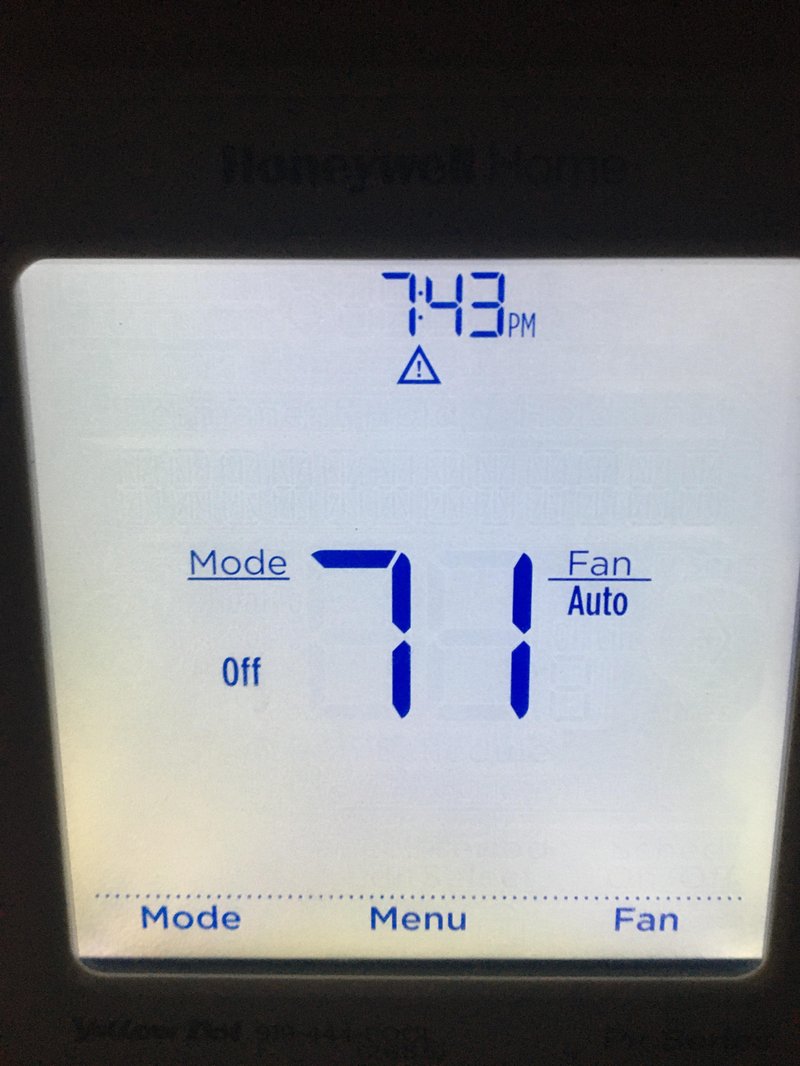
The error code “OE” can be a bit intimidating, but don’t worry. It’s actually a common problem that many Honeywell air conditioner users experience. Essentially, this code is a way for the air conditioner to communicate that something is going on internally that needs your attention. It’s like when your car’s check engine light comes on – it doesn’t necessarily mean there’s a catastrophic failure, but it does mean you might need to do a little investigating. So, let’s dive deep into what this error code means and how you can address it with ease.
Understanding the Honeywell Air Conditioner OE Error Code
So, what is this mysterious OE error code all about? In the simplest terms, when your Honeywell air conditioner flashes the OE code, it’s trying to tell you there’s a problem related to the draining system. Picture this: just like how a bathtub needs a clear path for water to drain out properly, your air conditioner also needs a way to remove excess water it collects from the air. This process is essential for the AC to work effectively and keep your space cool and comfortable.
The “OE” error often indicates that your air conditioner is having trouble draining water. Usually, this means there’s a clog or block in the drain system which could be due to accumulated dirt, dust, or even a kinked drainage pipe. When this happens, the water doesn’t evacuate as it should, leading the system to alert you with an error code. While it might sound a bit complicated, handling this is usually straightforward and doesn’t require an engineering degree.
Imagine your air conditioner as a diligent worker that sweats a little while making your home cool. This sweat collects in a tray and needs to be drained away to keep things running smoothly. If the path is blocked, things get sticky! The good news is, unblocking this path can be quite easy. Let’s walk through how you can diagnose and possibly fix this issue without breaking a sweat.
Diagnosing the Cause of the OE Code
When your AC displays the OE code, it’s time to put on your detective hat and do some sleuthing to find out what exactly is blocking the drainage. Start by turning off and unplugging your air conditioner for safety. You wouldn’t want your AC to startle you by turning on suddenly while you’re inspecting it, right?
The first thing you’d want to inspect is the drainage pipe and tank. Usually, a visual check can reveal if there’s any obvious blockage or kink in the pipes. Just like checking a garden hose for a blockage, gently remove any obstacles you see that might be causing a backup. If the hose is clear, check the drainage pan for accumulated water or debris.
Another point to check is the filter. A dirty or clogged filter might not seem directly related to the OE error, but it can cause the system to work harder and create more condensation, overwhelming the drainage system. Clean or replace the filter if necessary. With a little patience and keen observation, you can often find and resolve the problem without needing to call in reinforcements.
Steps to Fix and Prevent the OE Error
Once you’ve diagnosed the potential blockage, the next step is to unclog and clean the drainage system. Use a soft brush or a piece of wire to clean out any gunk or build-up in the drainage pipe. Sometimes, simply running warm water through the pipe can be enough to clear away any minor clogs. Think of it like giving your AC a nice, warm shower to wash away the dirt.
After clearing the drainage path, it’s wise to dry everything thoroughly before plugging your AC back in. You wouldn’t want residual water to cause any electrical mishaps. Once you’ve reconnected everything, turn the AC back on and check if the error has cleared. With some luck, your air conditioner should be back to its cool, breezy self.
To prevent future OE errors, it’s important to regularly maintain your air conditioner. Schedule routine checks to clean the filter, inspect the drainage pipe, and ensure there’s no debris in or around your AC unit. Just like brushing your teeth to prevent cavities, regular maintenance helps keep your AC running smoothly and without unexpected interruptions.
When to Call a Professional
Now, if the OE error persists despite your best efforts, it might be time to call in a professional. It’s just like when you try to fix a leaky faucet but need a plumber when things get too tricky. An HVAC technician has the tools and expertise to dig deeper and resolve complex issues that you might not be able to handle comfortably.
Sometimes, the problem could be a more serious internal issue, like a malfunctioning pump or electrical problem, which requires specialized skills to fix. Fortunately, Honeywell and most HVAC service providers have a network of technicians who are eager to help get your machine running perfectly again.
While professional help can be an added expense, think of it as an investment in comfort and peace of mind. Once your air conditioner is working like a charm again, you’ll be thankful for the cool, refreshing relief it provides. In the meantime, keep up with those preventative tips to help minimize future hiccups!